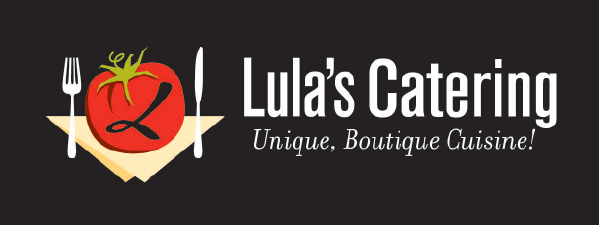Sugarplums are REAL!
My friend Heidi Bright, Author of "Thriver Soup", an incredible manual for those taking the cancer journey and their loved ones, offered this blog last week, and I just had to take advantage of her information!
"The children were nestled all snug in their beds, / While visions of sugar-plums danced in their heads."The children in this poem dreamed of sugarplums. What are sugarplums? I was amazed to learn in May that they were growing in my front yard.In June 2016, I watched each morning as a robin picked all the little fruit from my serviceberry tree. During this past May, I read about these edible, nutritious delicacies. They have many names, including June, Saskatoon, prairie, shadbush, and pigeon berries, along with wild plum and chuckley pear. And sugarplum.This summer birds squawked nearby each morning as I picked the berries while red, because the fruit would not last long enough on the shrub to turn a darker shade.They are shaped like small blueberries yet are more related to the apple family. Their mildly sweet, almondish flavor contribute plenty of fiber, protein, antioxidants, and nutrients to my breakfast.They go great with diluted coconut butter, chia seeds, and soaked/dehydrated raw pecans. Maybe this coming Christmas, long after these berries are consumed, I'll be dreaming of sugarplums dancing in my breakfast bowl.Thriver Soup IngredientMore than 50,000 plant species and possibly more than 80,000 on our planet are edible. Only about 3,000 of these species are regularly used as food. 103 species make up 90 percent of our plant food supply. That's paltry.By expanding the types of foods we eat, we can expand the nutrients available to us. Perhaps check out Whole Foods, Jungle Jims, and some farmer's markets this summer to discover some new tastes and textures.

